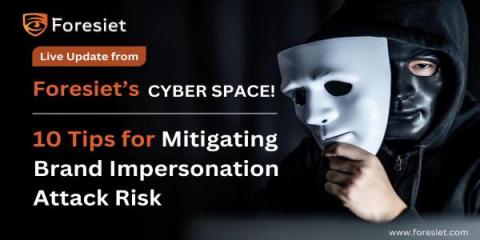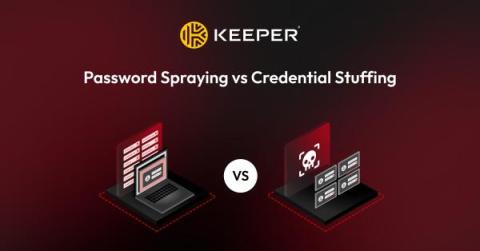Disruption of Transportation Services and Infrastructure: NoName Hacking Group Strikes in Support of Polish Farmers
In a bold move aimed at raising awareness and protest against the pro-Ukrainian stance of the Polish authorities, the notorious NoName hacking group launched a series of cyber attacks targeting critical infrastructure in Poland. The group's motive was clear - to disrupt transportation services and infrastructure to show solidarity with Polish farmers' plight. Who is NoName hacking group and what is their motive?










